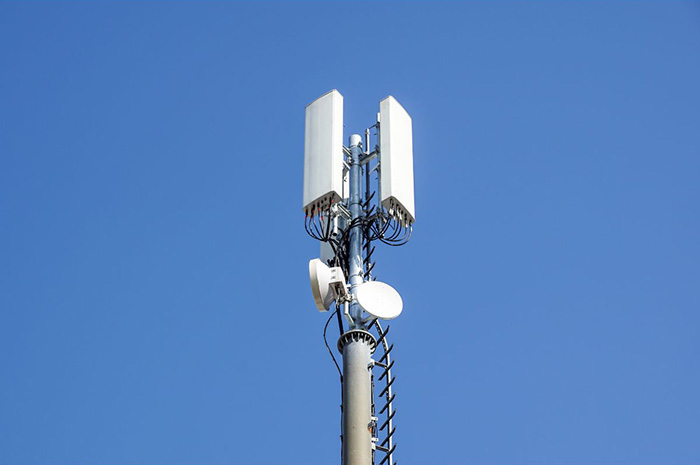The Future Of CCTV Connectivity:
Preparing For The PSTN Shut‑Off

The complete switch‑off of the Public Switched Telephone Network (PSTN) in 2025 is fast approaching and inevitable. In the UK, Openreach has been preparing for the switch since 2016, yet BT has expressed concerns that many organisations are yet to fully consider how they’ll be impacted.
The key point to note is that it’s not just about the ability to make phone calls. For example, it’s estimated that around 4 million fire and security systems that communicate with Alarm Receiving Centres do so using the PSTN network. Failure to act could put the safety of entire sites at risk.
A considered, thought through and cost‑effective CCTV upgrade requires time and planning. Facility managers should therefore be taking this time to audit their own sites and kick‑off transition plans for any intruder alarms, CCTV systems or other video sensors that are likely to be impacted.
Choices & Possibilities

Unsurprisingly, technology has evolved significantly since those legacy systems now requiring replacement were first rolled out. That means the technical and financial limitations that existed at the time may no longer exist.
The goal shouldn’t necessarily be to try and simply replicate what came before. Instead, it should be to first consider all of the available options. It’s understandable that a forced upgrade won’t be an immediate cause for celebration. However, with hindsight it could prove a blessing if it leads to the adoption of something that performs better, is cheaper to maintain, or unlocks greater operational efficiencies.
If possible, start by looking for opportunities to retain as much of the existing hardware as possible until it naturally reaches end‑of‑life and comes up for replacement. Provided the cameras can support IP and are ONVIF compliant, there’s a very good chance that they can be retained. This means costs can be spread over a longer period, easing budget constraints.
Next, consider the various options for connectivity, prioritising those best placed to remain fit‑for‑purpose now and in the future. Cost, flexibility and the potential to evolve to meet emerging requirements should be the key criteria. CCTV is bandwidth‑intensive and, left unchecked, the bandwidth demands will only increase going forward. Particularly when future plans to adopt video analytics, higher resolution cameras or a myriad of new sensors for everything from security to environmental monitoring is factored into the equation.

The adoption of a new wired IP network is one option. However, the costs, operational disruption and in some cases the need to obtain permission for new fiber rollouts can present difficulties. For many environments a reliance on wireless IP networks makes a lot more sense. Either using public cellular networks or mobile private networks.
Many facility managers will have already experienced the frustration of having to place CCTV coverage where the wired infrastructure allows, as opposed to where it’s felt it can deliver most benefit. Or the pain of incurring costs when a change to the business requires floor plans to be reconfigured.
Standard video streaming codecs such as H.264 and H.265 aren’t optimised for the efficient upload and transmission of live video over cellular and mobile networks, quickly resulting in high bandwidth requirements and issues with latency. Especially in situations where lack of available bandwidth necessitates the expensive rollout of new wired infrastructure. This is where the adoption of an AI‑based video codec specifically developed for the requirements of live CCTV and analytics can help to modernise and instantly reduce the on‑going costs of running existing IP cameras.
Legacy systems were built with the assumption that live video over cellular would be both technically and financially unviable. But that’s no longer the age we live in. Major MVNOs are looking at providing video optimised streaming plans to provide reliability and predictability that should be considered game‑changing.
The need to upgrade such systems creates both challenge and possibility. There’s still time for a smooth‑and cost‑effective transition.


























































